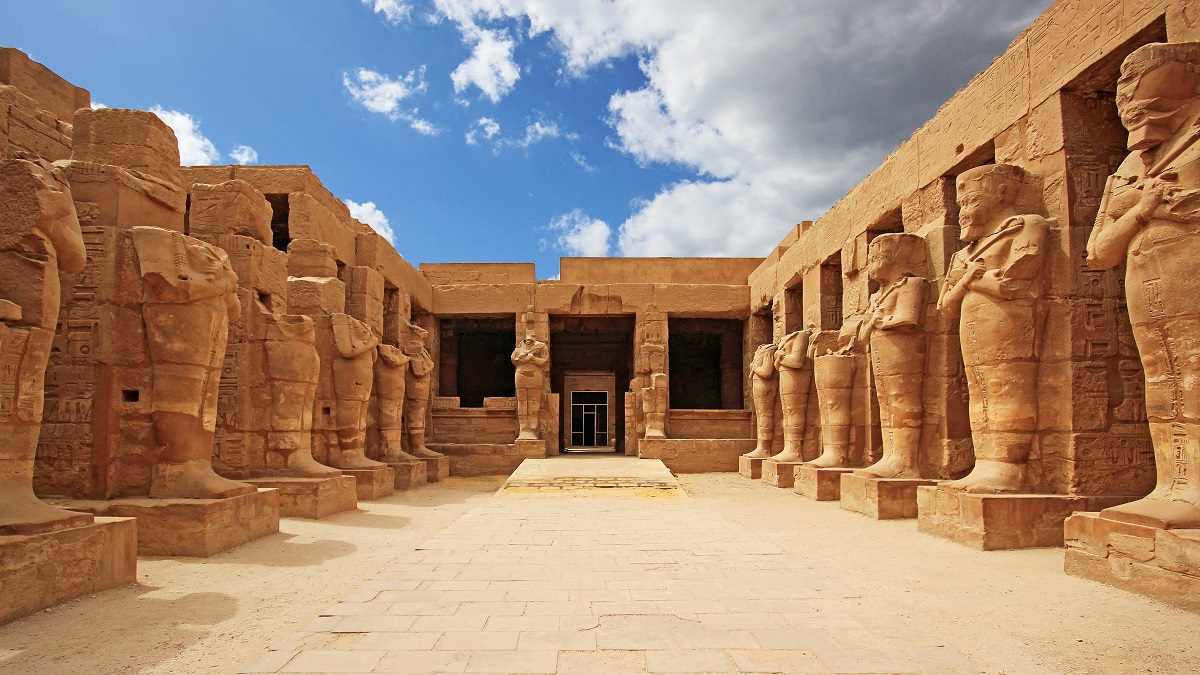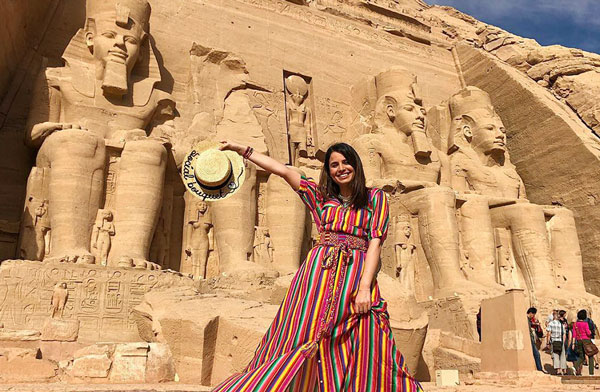
Luxor Temple: Where Ancient Egypt Comes Alive
Tucked in the heart of modern Luxor, just a stone’s throw from the Nile, stands one of Egypt’s most captivating monuments — the Luxor Temple. Unlike many other temples dedicated primarily to gods, Luxor Temple is different. It was built to celebrate kingship, renewal, and the divine nature of the pharaoh himself.
A Temple Built for the Living
Luxor Temple wasn’t just a place for prayers and offerings. It was designed to be part of real, living ceremonies. The temple played a central role in the annual Opet Festival, when statues of the gods Amun, Mut, and Khonsu were carried from Karnak to Luxor, reaffirming the divine power of the king.
This wasn’t a dusty, silent place — it was full of music, movement, and meaning. Processions, rituals, and the energy of the crowd gave it life.
A Temple of Many Kings
Built primarily by Amenhotep III and later expanded by Ramses II, Luxor Temple carries the fingerprints of many rulers. Even Alexander the Great made modifications to the inner sanctuary, inserting himself into Egypt’s royal line.
The result is a rich mix of styles and carvings. You’ll find towering statues of Ramses II guarding the entrance, rows of sphinxes lining the path from Karnak, and delicate hieroglyphs inside that reveal ancient ceremonies and royal declarations.
The Grand Courtyard and Colonnade
As you enter the temple, the grandeur of Ramses II’s courtyard immediately grabs your attention. Massive seated statues of the king flank the entrance, alongside a single surviving obelisk (its twin now stands in Paris’s Place de la Concorde).
From there, you pass through a stunning colonnade built by Amenhotep III — a majestic corridor of 14 massive columns, each nearly 20 meters high. Walking through it feels almost surreal, especially at sunset when the light turns everything golden.
Layers of Time
One of the most interesting things about Luxor Temple is how many civilizations have left their mark. Inside the temple, you’ll find Roman frescoes, a Christian chapel, and even a functioning mosque — Abu Haggag Mosque — built right into the ruins. It’s a reminder that Egypt’s story didn’t stop with the pharaohs.
This layering of history is rare, and it gives the temple a unique spirit. It’s not just a monument — it’s a living record of human belief, resilience, and change.
Nighttime Magic: Luxor Temple After Dark
While the temple is stunning by day, seeing it at night is something else entirely. When it’s lit up, the columns cast long shadows, and the carvings glow softly in the golden light. It’s quieter, cooler, and more atmospheric — a completely different experience.
You don’t need a guide to enjoy it. Just take your time, walk slowly, and let the silence speak.
Easy to Visit, Hard to Forget
Luxor Temple is located right in the center of the city, near the Corniche and easily accessible by foot, car, or horse-drawn carriage. Unlike more remote sites, this one is woven into the daily life of Luxor. Locals pass by it every day, just as they’ve done for centuries.
It’s best to visit early in the morning or in the evening, when the heat is gentler and the light is more beautiful. You don’t need hours — even a short visit can leave a deep impression.
Why Luxor Temple Still Matters
In a land full of grand temples and ancient wonders, Luxor Temple feels personal. It’s not the largest, and it doesn’t have the remote mystery of Abu Simbel or the vastness of Karnak. But it has a unique energy — a connection to real events, real people, and real traditions that spanned centuries.
It’s a reminder that ancient Egypt wasn’t just about gods and myths — it was about people, power, celebration, and continuity.
So if you’re in Luxor, don’t miss it. Go in the quiet hours. Stand still in the courtyard. Look up at the columns. And just for a moment, imagine the festival drums, the flicker of torches, and the footsteps of priests walking the very path you’re on.
Because here, history doesn’t just live — it speaks.
In a land full of grand temples and ancient wonders, Luxor Temple feels personal. It’s not the largest, and it doesn’t have the remote mystery of Abu Simbel or the vastness of Karnak. But it has a unique energy — a connection to real events, real people, and real traditions that spanned centuries.








